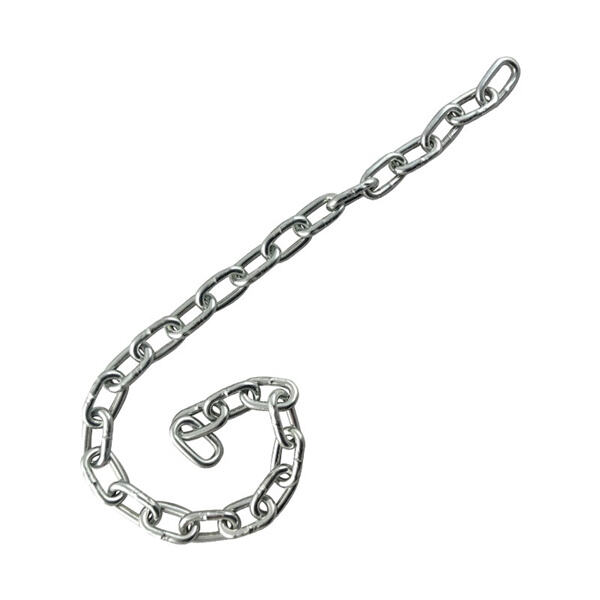- Home
- Products
- About Us
- Application
- News
- Contact Us
Have you ever considered how astounding the features and properties of DIN766 chains are? Made of strong metal materials such as stainless steel, these heavy chains make up important parts in so many lifting and hoisting machines for transporting especially loads like boats, machinery or building materials. DIN 766 itself comes from the guidelines set by Deutsche Industrie Norm, a well-known standards organization in Germany provides guidelines for industrial products.
These chains find utility across a range of marine as well as other industrial applications, successfully withstanding the high strength requirements. As for marine applications, they are extremely corrosion resistant to the ocean and other elements. Likewise, in an industrial setting these chains prove themselves capable of taking the massive stress & weight which heavy machinery comes equipped with. In addition to that, these chains are used in conjunction with various other products like hooks, shackles and swivels which make them capable enough to perform assigned functions effectively.

The DIN766 Chain selection is always depends on the job requirements like what weight it needs to handle, dimensions of load etc. Moreover, the environmental setup in which chain is going to work has a high influence on while selecting. For example, if the chain is expected to touch saltwater - of course you will need a stainless steel version for corrosion resistance. Also, the size of chain and type are also dependent on how much weight it can bear.

Both to improve service life performance and its sturdiness, it is important that you have regular inspection of your DIN766 chains including detection if there are any sign or wear. Putting it on a regular maintenance schedule that includes lubrication and cleaning is crucial to preventing rust from beginning in the case. However, good storage practices also have an important role of preventing the chains from harm in any given way. Proper storage in a clean and dry place when chains are not being used helps avoid the deterioration of materials.

DIN766 chains are used by different industries - which shows their flexibility and application. For the maritime, these chains see application for boat anchoring too and can even work well when cargo needs to be secured or during tow operations. In much the same way in an industrial setting, these devices are key when nay industry needs to lift and hoist something extremely heavy like machinery or construction materials. In addition, these chains are used by the agriculture industry for raising and lowering of farm equipment and implements. This property has increasingly made DIN766 chains important in a variety of sectors due to their reliability and effectiveness, proving invaluable for operational efficiency.
To sum up, we must acknowledge DIN766 as a critical player in the lifting and hoisting of heavy loads. These chains are made of reinforced materials, such as stainless steel and they conform with harsh industrial regulations for a wide variety of different industries. More than just ease of selection and maintenance, this determines the durability and lifetime. With the information provided in this helpful article, you are now well informed and equipped with a basic knowledge of DIN766 chains and how vital they are across many industries.
our products have passed ce certification covering din766 chain g43 g70 g80 g100 and meet the standards we are committed to providing high quality products that meet international standards to meet the growing needs of our customers our products are used in engineering construction in various countries and they still maintain their strength and quality after many years of use
Once the product has din766 chain created, professional personnel will inspect it for quality, pack it, and then deliver it to you.
the products made by the company are high-end with complete specifications designs they are well-known in over 30 countries includes din766 chain iran pakistan saudi arabia the united arab emirates
din766 chain a factory permits companies to oversee and control the entire production process. This can reduce the cost of production.